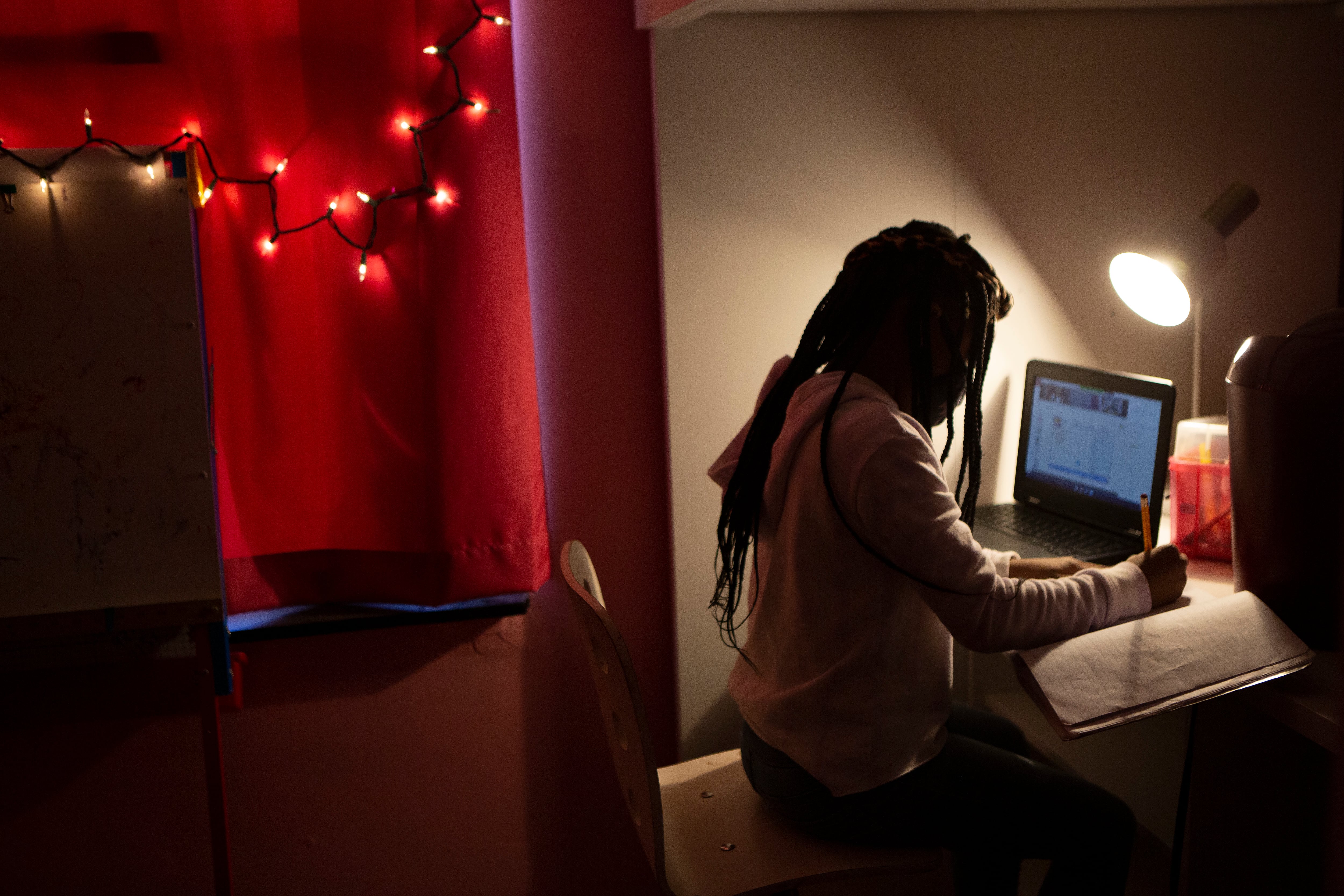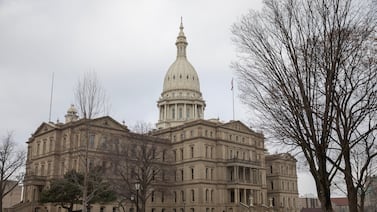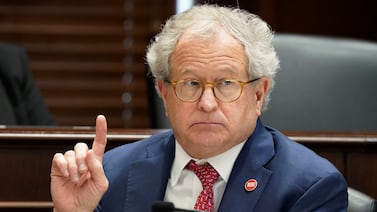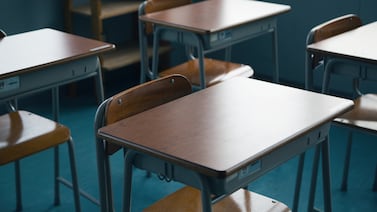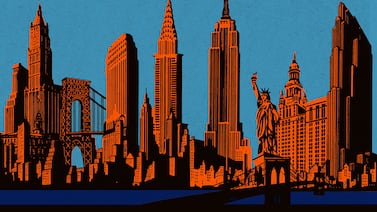Sign up for Chalkbeat New York’s free daily newsletter to keep up with NYC’s public schools.
New York City public school students will shift to remote learning on Friday, as wildfire smoke prompted a third straight day of disruption to school operations.
Most students — including those in preschool, elementary, and middle school — were already scheduled to be off for “Clerical Day.” But high school students, and children who attend schools that run from grades 6-12, were slated to attend school in person on Friday. Those students, about 290,000 total, will now shift to remote instruction, city officials said Thursday.
Educators may conduct their lessons remotely, but some staff members — including custodians and some food workers — will be required to report to their buildings.
Early childhood programs that contract with the city have the option of switching to remote instruction on Friday, according to education department officials. Charter schools make their own decisions about whether to switch to remote instruction.
The decision to pivot to remote learning was considerably less fraught than for a typical school day, since the city’s youngest students were not part of the calculation. Switching to remote instruction can create significant burdens for working families who may struggle to arrange child care at the last minute, but that is less of a concern with older students.
It is also likely that in-person attendance would have been low tomorrow since students were already off on Thursday due to a previously scheduled staff training day.
The wildfire smoke wafting from Canada has disrupted school operations since Wednesday, when city officials canceled all outdoor activities, including recess and field trips. Students were not scheduled to attend school on Thursday because it was a previously scheduled staff training day. The education department pivoted to deploy those teacher training programs virtually instead.
City officials stressed during a press conference on Friday that the intensity of wildfire smoke can be difficult to predict days in advance, but they suggested that conditions are likely to improve.
“There’s a chance for significant improvement by tomorrow morning and throughout the day tomorrow,” Mayor Eric Adams said Thursday morning.
New York City registered some of the worst air pollution on record Wednesday, raising questions from some observers about whether the city adequately prepared students and schools to contend with intense air pollution.
Local health officials continued to recommend staying indoors, including people who are more susceptible to air pollution such as children, the elderly, and those with existing health and breathing problems. People who must go outside should wear high-quality N95 or KN95 masks, officials said.
Alex Zimmerman is a reporter for Chalkbeat New York, covering NYC public schools. Contact Alex at azimmerman@chalkbeat.org.

